Spirea Flowers: The Ultimate Guide To Growing And Caring For These Beautiful Blooms
Spirea Flowers: The Ultimate Guide to Growing and Caring for These Beautiful Blooms
Spirea flowers are a popular choice for gardeners because they are easy to grow and care for, and they come in a wide variety of colors and sizes. In this blog post, we will discuss everything you need to know about spirea flowers, from choosing the right variety to planting and caring for them.
Introduction
Spirea flowers are members of the rose family and are native to Asia, Europe, and North America. There are over 90 species of spirea, and they come in a wide variety of colors, including white, pink, red, purple, and yellow. Spirea flowers are typically small and delicate, but they can be clustered together in large, showy blooms.
Choosing the Right Variety
When choosing a spirea variety, there are a few factors to consider, such as the size of your garden, the amount of sunlight you have, and the color of flowers you prefer. Here are a few of the most popular spirea varieties:
- Spiraea japonica is a large shrub that can grow up to 6 feet tall. It has white, pink, or red flowers that bloom in spring.
- Spiraea x vanhouttei is a medium-sized shrub that can grow up to 4 feet tall. It has white flowers that bloom in spring.

- Spiraea douglasii is a small shrub that can grow up to 2 feet tall. It has pink or white flowers that bloom in spring.

- Spiraea billardii is a small shrub that can grow up to 2 feet tall. It has red flowers that bloom in summer.
/assets/plants/plant_27640/users/plant_27640_user_1656_20190813225102.jpg)
Planting and Care
Spirea flowers are easy to plant and care for. They prefer full sun, but they can tolerate some shade. They also prefer well-drained soil. Once spirea flowers are established, they are drought-tolerant.
Watering
Spirea flowers need regular watering, especially during the first year after planting. Once they are established, they can tolerate some drought.
Fertilizing
Spirea flowers do not need to be fertilized often. A light application of fertilizer in spring will help them to bloom profusely.
Pruning
Spirea flowers can be pruned in late winter or early spring. Pruning will help to keep them healthy and to encourage new growth.
Problems
Spirea flowers are susceptible to a few problems, such as powdery mildew and aphids. Powdery mildew can be treated with a fungicide. Aphids can be controlled with insecticidal soap or neem oil.
Conclusion
Spirea flowers are a beautiful and easy-to-grow addition to any garden. With a little care, they will reward you with years of colorful blooms.
Spirea flowers are a beautiful addition to any garden. They come in a variety of colors, including white, pink, red, and purple. Spirea flowers are also relatively easy to care for, making them a good choice for even novice gardeners.
If you're interested in learning more about spirea flowers, I encourage you to visit Garden Wiki. This website has a wealth of information about spirea flowers, including their history, different varieties, and how to care for them.
FAQ of spirea flower
What is spirea flower?
Spirea is a genus of flowering shrubs that are native to Asia, Europe, and North America. There are over 90 species of spirea, and they come in a variety of sizes, shapes, and colors. Spirea flowers are typically small and white, but they can also be pink, red, or purple. They bloom in the spring or summer, and they are a popular choice for landscaping.
What are the different types of spirea flower?
There are many different types of spirea flower, but some of the most popular include:
- Bridal wreath spirea (Spiraea x vanhouttei): This type of spirea is known for its cascading white flowers. It is a fast-growing shrub that can reach 6 feet tall.
- Japanese spirea (Spiraea japonica): This type of spirea is known for its pink or white flowers. It is a smaller shrub that can reach 3 feet tall.
- Thunberg spirea (Spiraea x thunbergii): This type of spirea is known for its red or pink flowers. It is a hardy shrub that can tolerate a variety of conditions.
How do I care for spirea flower?
Spirea flowers are relatively easy to care for. They prefer full sun, but they can tolerate some shade. They also prefer well-drained soil. Spirea flowers should be watered regularly, especially during the summer months. They should also be pruned in the spring to remove dead or damaged branches.
What are some common problems with spirea flower?
Some common problems with spirea flower include:
- Powdery mildew: This is a fungal disease that can cause white spots to appear on the leaves of spirea flowers. It can be treated with a fungicide.
- Aphids: These small insects can suck the sap out of spirea flowers, causing them to wilt and die. They can be controlled with insecticidal soap or neem oil.
- Japanese beetles: These large beetles can eat the leaves of spirea flowers, leaving them bare. They can be controlled with a pesticide.

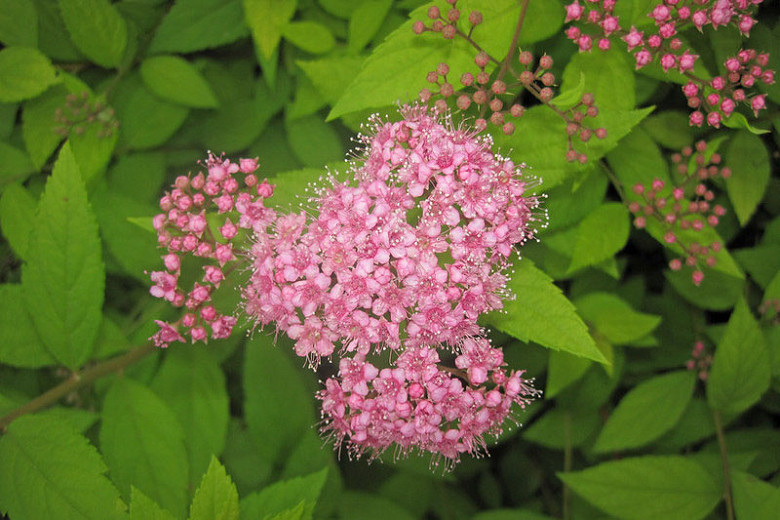
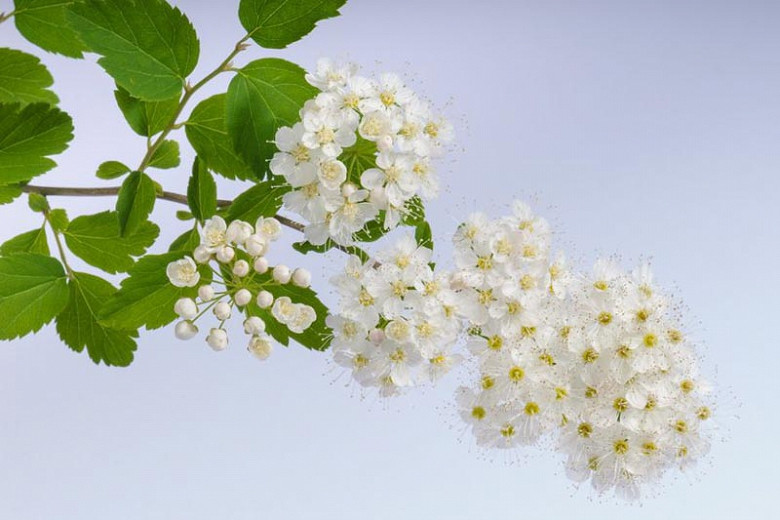
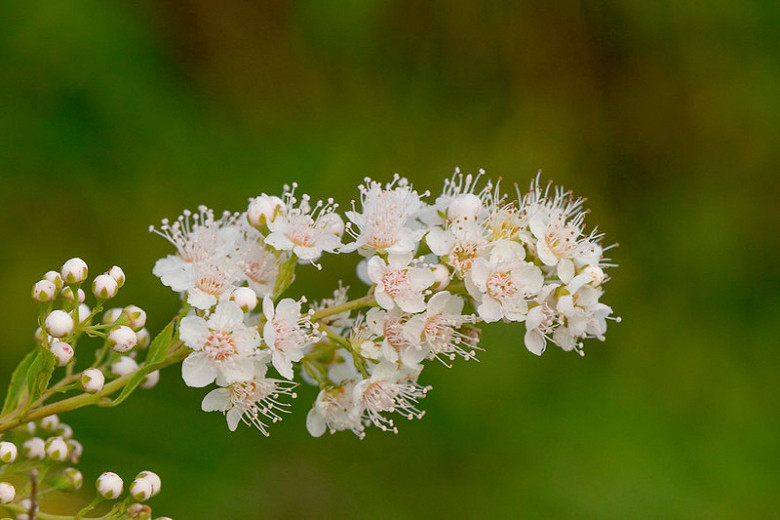
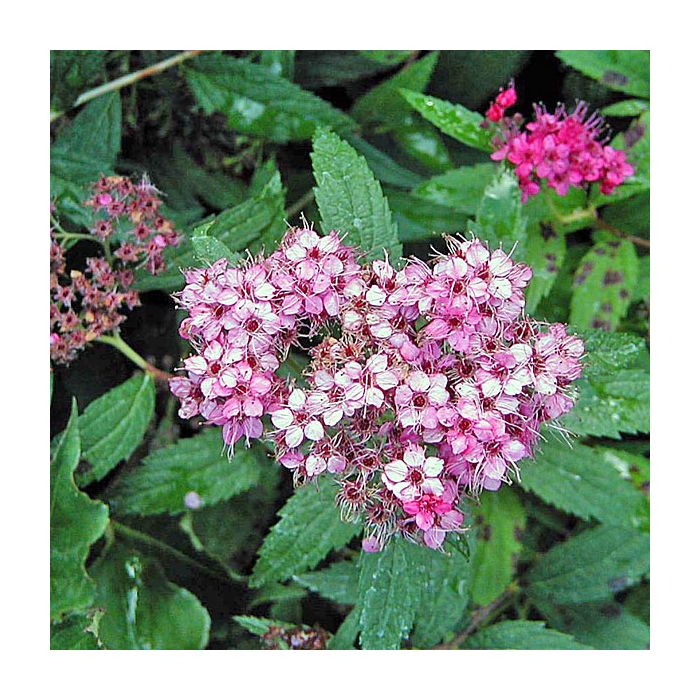
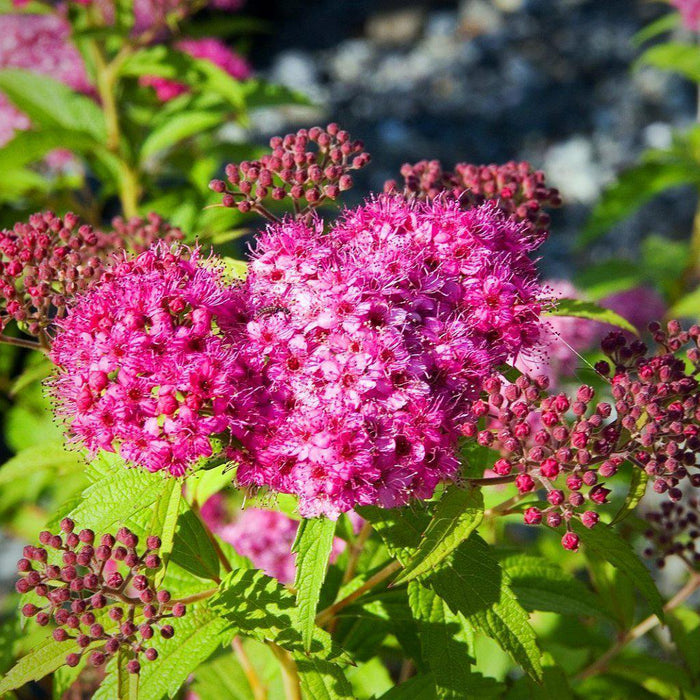
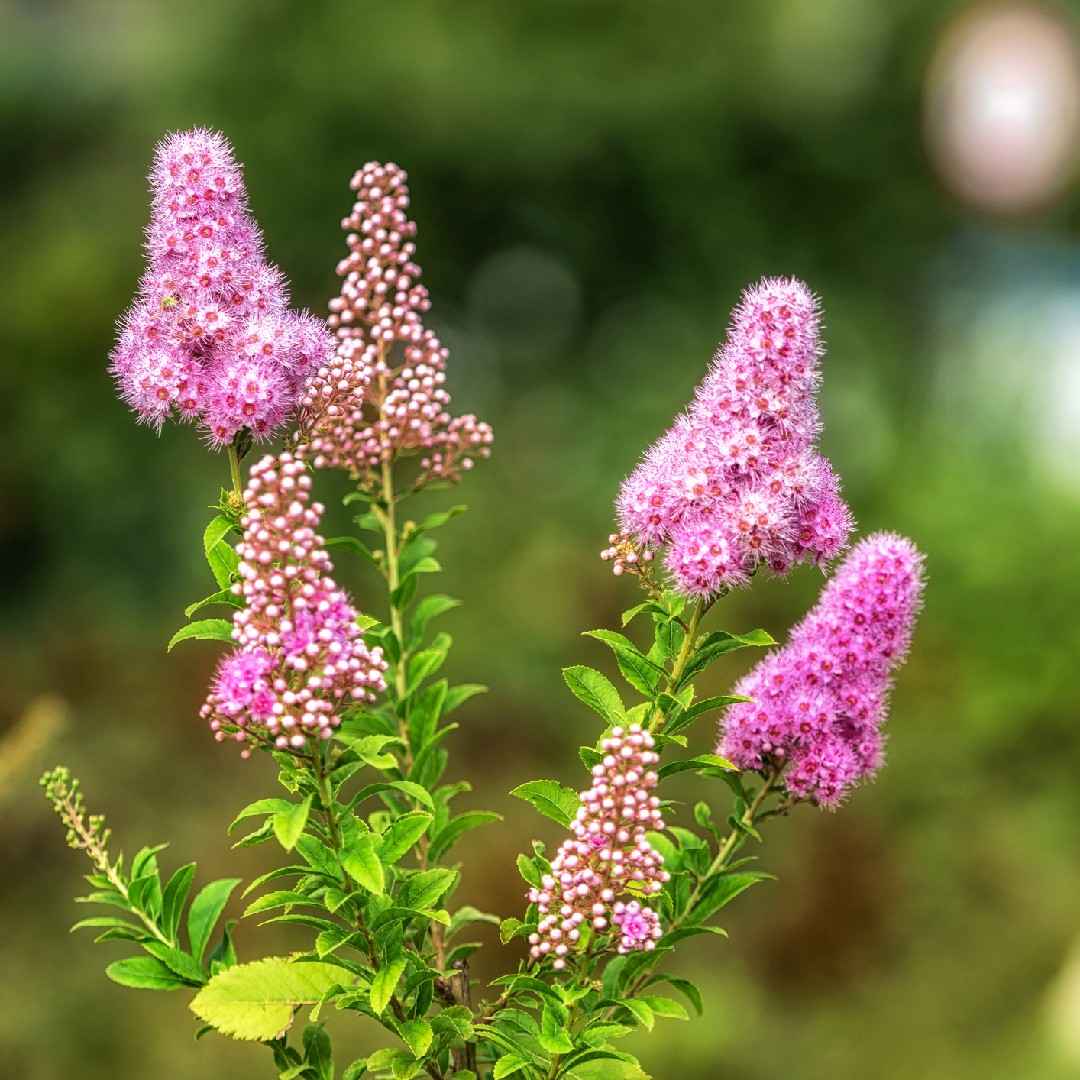
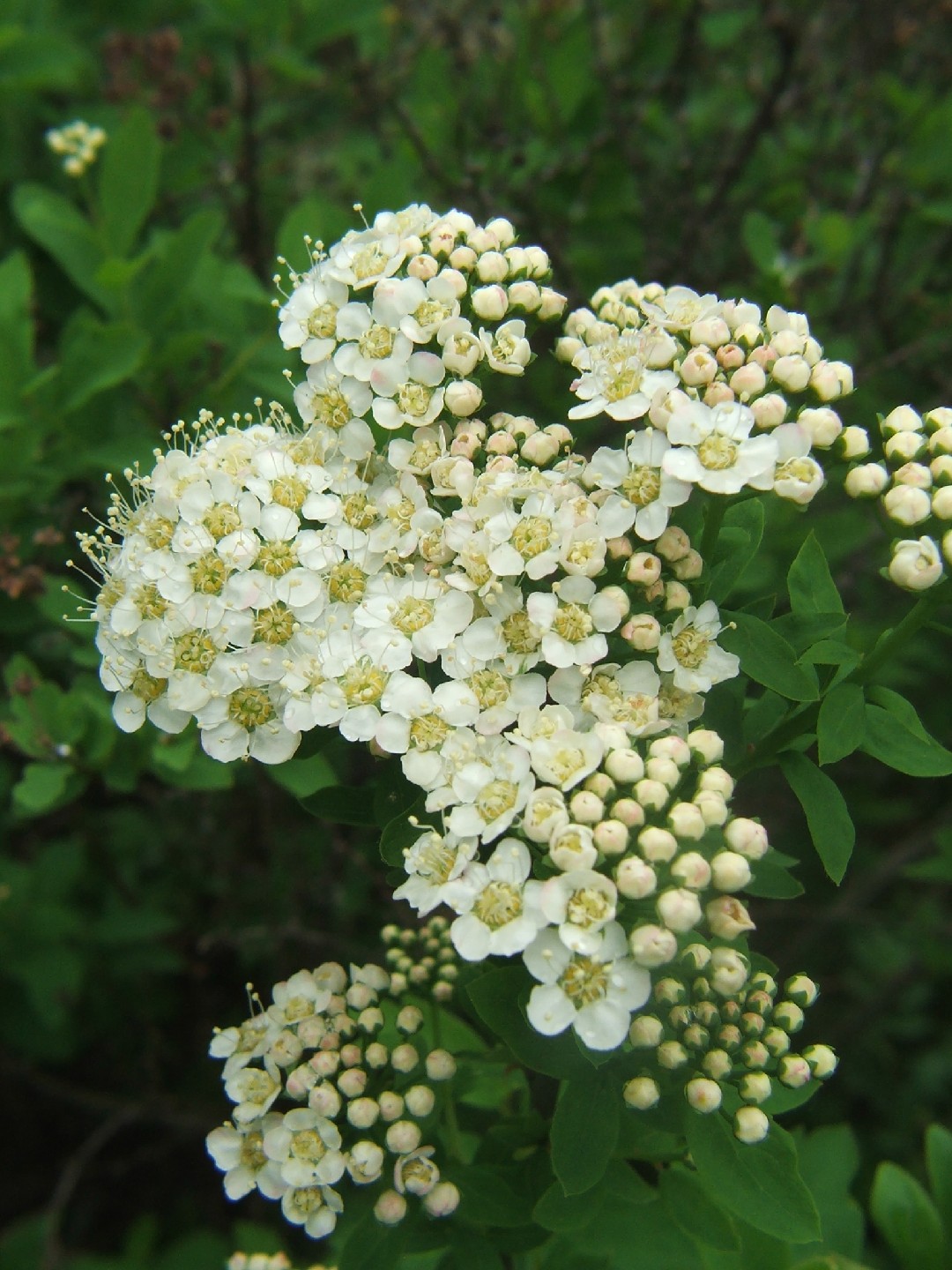
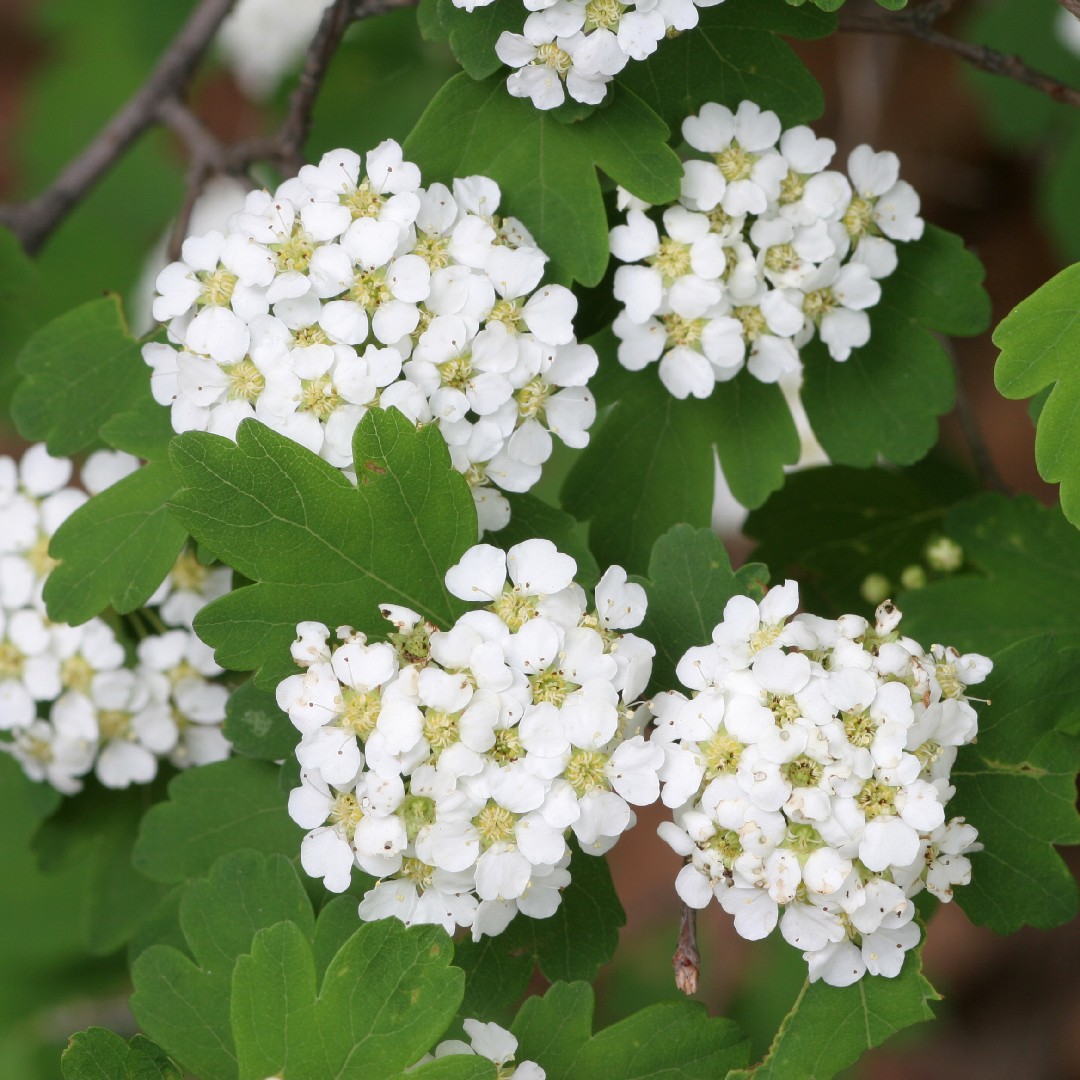
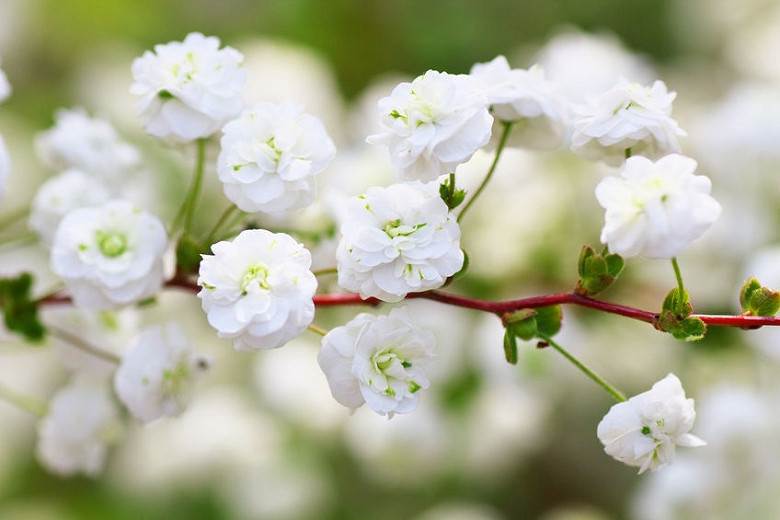
Post a Comment for "Spirea Flowers: The Ultimate Guide To Growing And Caring For These Beautiful Blooms"